Financial literacy is an essential life skill that all people must possess in order to be successful managers of their own finances. This skill is particularly important for children to develop early on in their lives, and integrating financial literacy into the elementary classroom is a great way to start. In this blog post, we will explore the importance of financial literacy in the elementary classroom and provide some strategies and examples for teachers to integrate it into their curriculum.
Why is Financial Literacy Important?
Teaching financial literacy in the elementary classroom is important for several reasons.
- It prepares students for the future. Money management is a crucial life skill everyone must have to lead a successful life. By learning about money early on, students are better equipped to make informed financial decisions later in life. They can develop strong money habits to help avoid future mistakes which may lead to later financial difficulties.
- Financial literacy in the elementary classroom can help close the wealth gap. Students from low-income families may not have the same exposure to financial literacy as their peers from higher-income families. By providing financial education to all students, regardless of their socio-backgrounds, educators can help to level the playing field and give all students an equal opportunity to succeed.
Strategies for Integrating Financial Literacy into the Elementary Classroom
1. Begin with the Basics
2. Use Games and Activities
Games and activities are a great way to make learning about financial literacy fun and engaging for students. There are many board games and online games that can be used to teach financial literacy, such as Monopoly and The Game of Life. Teachers can also create their own games and activities that are tailored to their students' needs and interests.
3. Bring in Guest Speakers
Bringing in guest speakers who work in finance or business can be a great way to give students a real-world perspective on financial literacy. Financial specialists and even business owners can talk to students about the importance of using money wisely. Integrating project based learning units that focus on financial literacy is an excellent way to embed curriculum standards.
4. Use of Technology
Technology can be a great tool for teaching financial literacy in the elementary classroom. There are many apps and websites that can be used to teach financial literacy. A wonderful example is Lemonade Stand. Students learn how to budget and be successful in running a business.
Financial literacy is an important life skill that all students must possess in order to be successful in managing their finances. By integrating financial literacy into the elementary classroom, teachers can give students the tools they need to make informed financial decisions and succeed in their future. By starting the basics, using games and activities, bringing in guest speakers, and using technology, teachers can create engaging and effective financial literacy lessons that will benefit their students for years to come.
Try this FREE Restaurant Menu Math Resource.












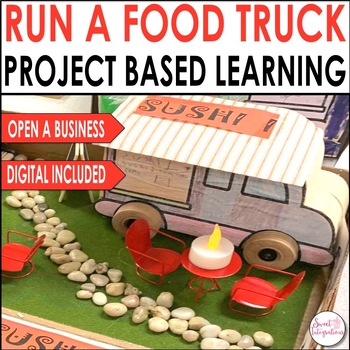

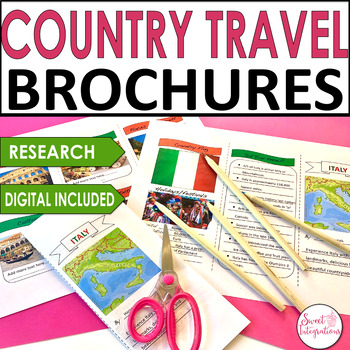
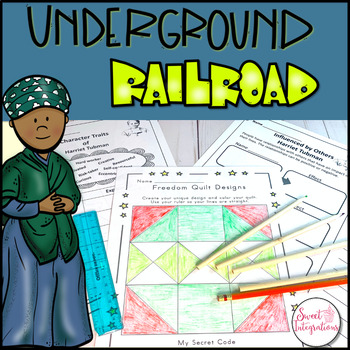

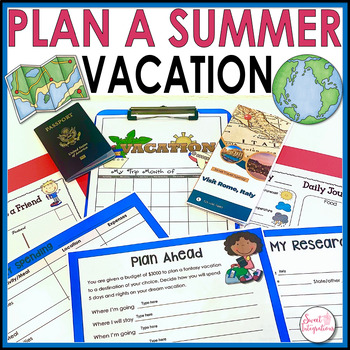
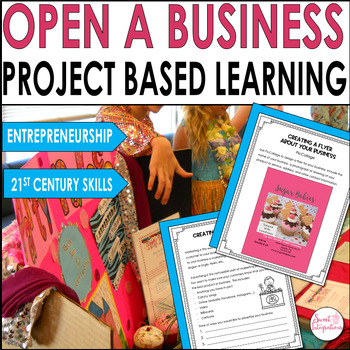

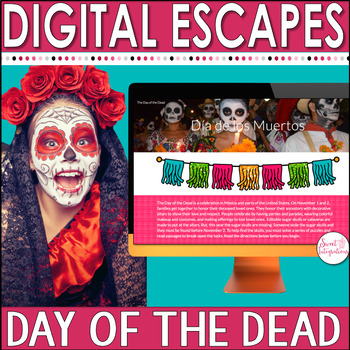




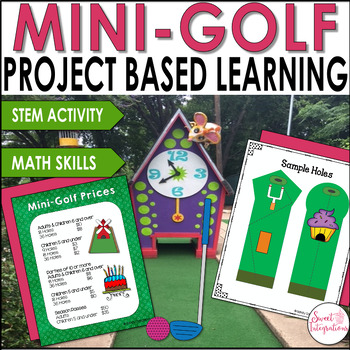
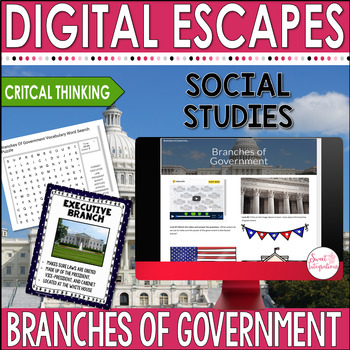

No comments